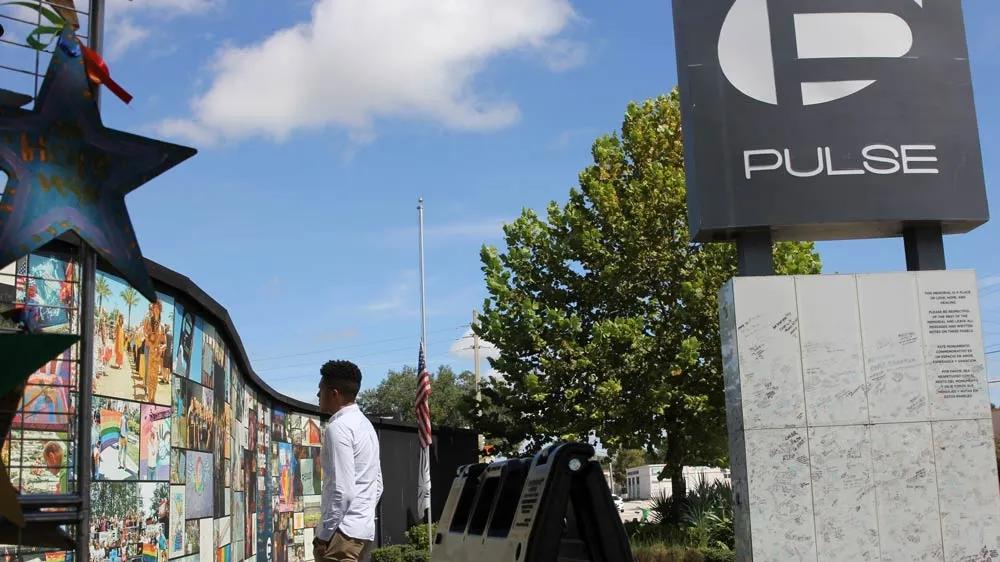November 7, 2017
HIV Criminalization Laws Disproportionately Affect Marginalized Communities
READ TIME: 4 MIN.
New research from the Williams Institute found that HIV criminalization laws in California were enforced inequitably and lacked consideration for modern medical advances related to HIV.
Women and people of color bear the heaviest burden of HIV criminal laws in California. Also, the state's HIV-specific criminal laws do not take into account modern medicine, such as pre-exposure prophylaxis (PrEP) and the use of antiretroviral therapy treatment as prevention (TasP), which may inadvertently work against best public health practices.
The Williams Institute reports are the first to analyze California Criminal Offender Record Information (CORI) data on the criminal history of all individuals who have had contact with the criminal justice system under the state's four HIV-specific criminal laws.
The vast majority of HIV-specific criminal incidents involve sex work. Until recently, if a person with a known HIV-positive status was arrested for solicitation, an act of agreeing to engage in sex acts in exchange for something of value, he or she could be charged with a felony under California's HIV criminal laws. With the passage of SB 239, the felony charge has been repealed.
"Our studies show that certain marginalized communities are bearing more weight of the penal code than others. What's more, these HIV criminal laws, which were originally intended to control the spread of HIV by prosecuting individuals who expose others, don't require proof of transmission, or even exposure in most cases. So they're not doing what they set out to do," said Amira Hasenbush, lead author and Jim Kepner Law and Policy Fellow at the Williams Institute. "With SB 239, California's criminal law treats HIV like any other communicable disease."
Key findings from each study include:
HIV Criminalization in California: Penal Implications for People Living with HIV/AIDS
HIV Criminalization in California: Evaluation of Transmission Risk
Of those incidents, 100 percent required no proof of actual transmission of HIV and 98 percent did not require intent to transmit HIV.
Current HIV criminal laws in California do not address the medical advances that antiretroviral medications and pre-exposure prophylaxis have made in reducing the risk of HIV transmission and extending the quantity and quality of life for people living with HIV.
These reports were made possible by funding from the Elton John AIDS Foundation, the David Bohnett Foundation, the Ford Foundation, the California HIV/AIDS Research Program, California HIV/AIDS Policy Research Center, the Elizabeth Taylor AIDS Foundation, and the support of the California Women's Law Center.
The Williams Institute, a think tank on sexual orientation and gender identity law and public policy, is dedicated to conducting rigorous, independent research with real-world relevance.


